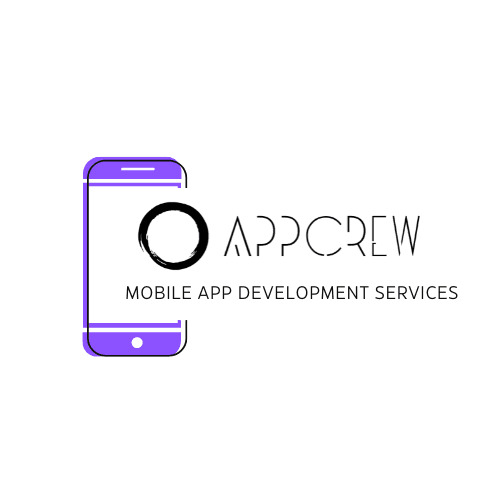The Step-by-Step Process of Building a Custom Application
Although creating a custom application may seem difficult, it's similar to creating your own video game or making your favorite dessert. An idea is the first step, followed by planning and actualization. Let's see the whole process.
Step 1: Determine the Issue
Each app starts with a problem to solve. Imagine that homework tracking at your school is a mess. You're looking for an app that will allow teachers and students to share assignments and due dates in one location. Determining what the app should do and who will use it is the first step.
For instance, a restaurant may want an app that allows patrons to make online reservations, place food orders, and provide reviews.
Step 2: Arrange and illustrate the concept
The next stage is to plan the features and layout of the app after the goal has been established. A "wireframe," or rough draft, is produced by developers that illustrates how the application will appear and be used by users.
As an illustration, consider this to be similar to drawing the design of a treehouse. Where will the door go? How are you going to ascend? It all comes down to making a plan before work starts.
Step 3: Select the Appropriate Materials (Tools)
Developers select the appropriate programming languages and software tools to create the app, much like you would assemble the necessary tools to construct a treehouse. The decision between Swift for iOS and JavaScript for web apps is based on the intended use and environment of the application.
For instance: A shopping app might need a payment gateway, so developers use APIs like Stripe or PayPal to make payments secure.
Step 4: Create the application
Bringing the app to life is the exciting part that comes next. The code that transforms the design into a functional application is written by developers. Along the way, each button, form, and feature is meticulously programmed and tested.
For instance, developers might include functions like adding assignments, creating reminders, and marking tasks as completed in an app designed to track homework.
Step 5: Evaluate and Gather Input
No project is flawless the first time around. The app is extensively tested by developers, who address bugs and make enhancements in response to user feedback.
For instance, suppose that adding too many assignments causes the homework app to crash. Developers find and address problems during testing to ensure smooth operation.
Step 6: Start and Refresh
At last, the application is released and made accessible to users. The process doesn't end here, though; apps are continuously enhanced in response to user feedback, much like games receive updates with new features.
As an illustration, after the app launches, users may recommend that a chat function be added for group projects; developers can incorporate this suggestion into the upcoming version.
In conclusion
Custom application development isn't as difficult as it seems. Solving issues, coming up with solutions, and seeing them through to completion is a creative process. Custom apps make life simpler and more effective, whether they are used as a system for running a business or as a tool to enhance classroom organization.
Do you have any app ideas? It could be the next big thing, so start dreaming!





